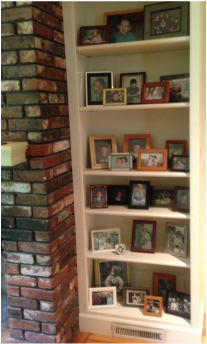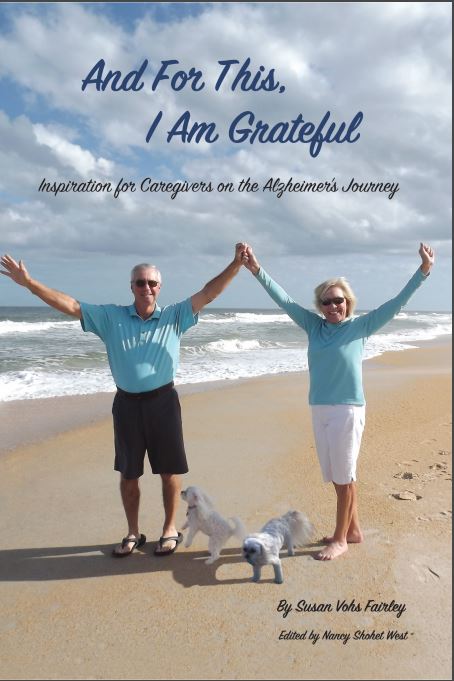It happened around 1903. Her grandmother, Miriam, was a young woman living in a seaside Russian village. Miriam’s husband had already immigrated to America and Miriam was ready to join him. But the ocean-liner on which she planned to make the passage wasn’t able to dock at her small village. So Miriam swam out to the ship with her two-year-old daughter, Harriet’s mother, clinging around her neck. And then they boarded the ship and crossed safely to America.
I opened the memoir with that anecdote, using it in the book just as Harriet did in her mind, to highlight the theme of courage throughout the narrative. Even the title, “Courage Is My Legacy,” refers to the origin story.
But the story bothered me. The more I tried to picture it, the more impossible it seemed. I could accept the idea that Miriam was a remarkably strong swimmer. But would she really have taken the risk of having her tiny daughter cling to her neck as they swam through the waves? How did she carry paperwork – surely immigrants didn’t board ships empty-handed, without any kind of tickets or citizenship forms? What about money? And aside from the difficulty of the swimming itself, how did a woman holding a small child possibly clamber up the side of an ocean-liner once she arrived at its hull?
I had not faced this problem as a memoir writer before. What to do if a client told me a story that seemed utterly implausible to me?
I always tell prospective clients, “Your memoir is your story, the way you choose to tell it.” Unlike in my work as a journalist, when writing memoirs I don’t fact-check or corroborate. My mission is to help people share the stories that they wish to share.
But what about a story like this that was so improbable as to be impossible to envision?
I thought about it some more. Then I looked up some definitions of “origin story.”
“An origin story is a story that explains how a person came to be who he or she is,” said one simply worded source.
“The beginning of something; first stage or part” came by way of a more clinical definition.
And in reference to fiction, I found this description: “An account or back-story revealing how a character or group of people become a protagonist or antagonist, and adds to the overall study of a narrative, often giving reasons for their intentions.”
In reference to my client, all of those are still true even if the story isn’t, I realized. It’s not like Harriet was misremembering something she herself had done (or not done). Based on the story her mother told her, Harriet grew up imagining her grandmother swimming through the pounding waves with her toddler clutching her around the neck as they struggled to reach the ocean-liner that would take them to the New World and their new life. Did Miriam actually swim, or is it possible that she had only to wade out several yards into the water, or even crossed the distance in a rowboat, and to a small frightened child it may have seemed like swimming across the open ocean?
Regardless of the details, Miriam took her two-year-old child in tow – literally or figuratively – and crossed the Atlantic to start a new existence. She faced expanses of open ocean, whether as a swimmer immersed in the seawater or as a passenger looking out over the prow of a ship. She was probably cold at times, whether because she was soaking wet or merely hadn’t been able to bring enough layers of clothing for the sea passage. And she was no doubt frightened, whether because she was swimming through the surf with a child on her back or because she was facing a thousand unknowns once she reached the opposite shore.
My client apparently never doubted the veracity of her mother’s retelling, and although I’m curious about what really happened, it doesn’t change the significance of her origin story. In Harriet’s lineage is a thread of profound courage. It led her ancestors to the point where she was born and it has led her through 92 years of complicated living.
Perhaps what’s missing from the definitions I found for origin story is that truth is in the eye of the beholder. As with most myths, the swim may not have happened, but the courage underlying the act unquestionably did. And that’s the part of the origin story, whether apocryphal or true, that makes it vital to who Harriet is and to the story that she tells.



 RSS Feed
RSS Feed